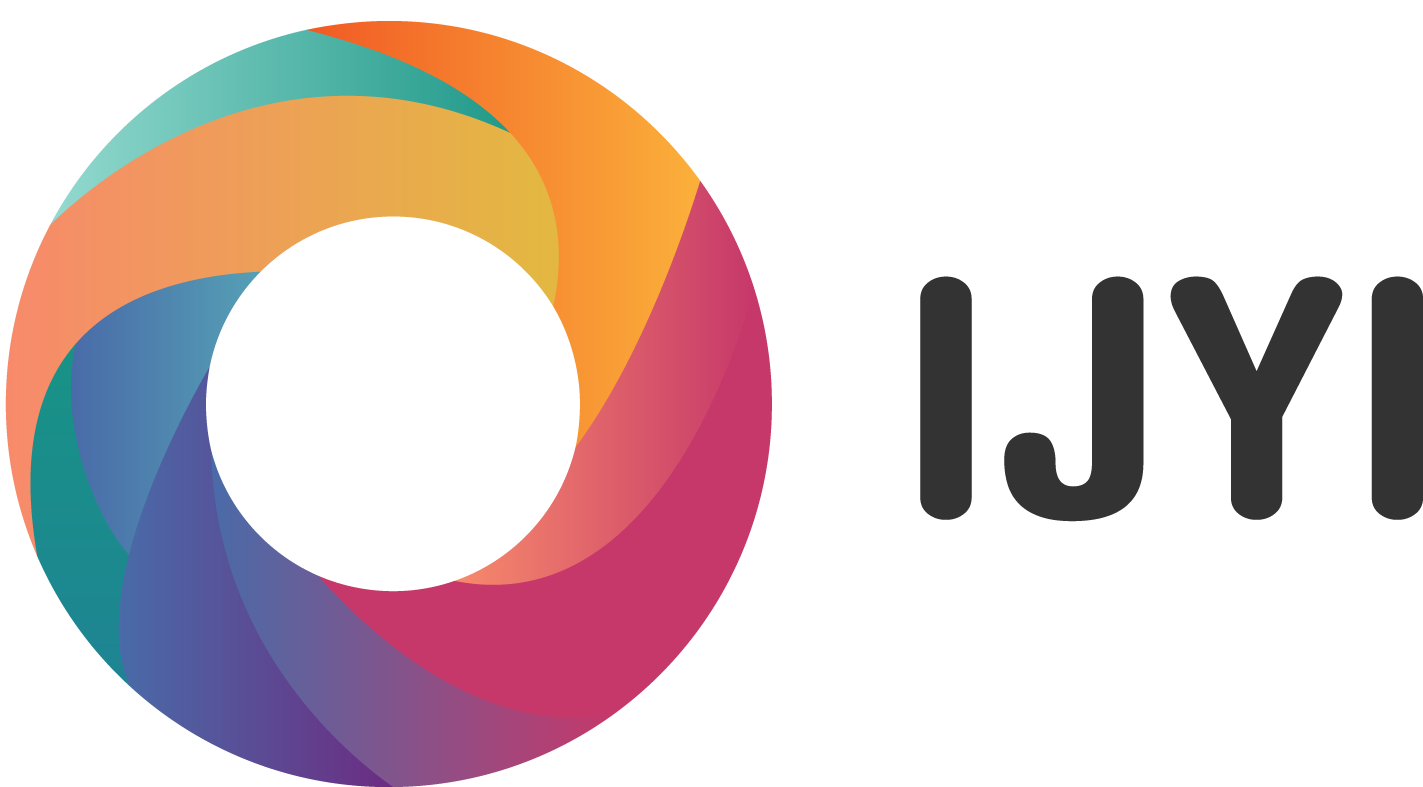There have been new developments utilising Machine Learning to attempt to address the difficulty in achieving test coverage. However, many of these approaches currently either focus down at the unit tier [3], or focus on simulating user interaction on a user interface [4].
At this state stage we do not have an adequate answer for this complexity gap, nor a solution at the integration level. However we are actively researching this area to see if we can contribute to solving this problem.
References
| [1] | T. J. McCabe, “A Complexity Measure,” in Proceedings of the 2Nd International Conference on Software Engineering, Los Alamitos, 1976. |
| [2] | J. Arbon, “AI and Machine Learning for Testers,” 6 June 2017. [Online]. Available: https://www.slideshare.net/TechWellPresentations/ai-and-machine-learning-for-testers. [Accessed 8 10 2018]. |
| [3] | Microsoft MSDN, “Intellitest, Test more with less (effort),” 30 9 2015. [Online]. Available: https://blogs.msdn.microsoft.com/visualstudio/2015/09/30/intellitest-for-net-test-more-with-less-effort/. [Accessed 20 10 2018]. |
| [4] | J. Colantonio, “How AI is changing test automation,” 29 05 2018. [Online]. Available: https://www.joecolantonio.com/how-ai-is-changing-test-automation/. [Accessed 18 10 2018]. |
| [5] | Z. Xu., P. Liu and J. Ai, “Probability Model-Based Test Suite Reduction,” SIGSOFT Softw. Eng. Notes, vol. 42, pp. 1-6, 2017. |





About the author
IJYI Ltd
IJYI Ltd.